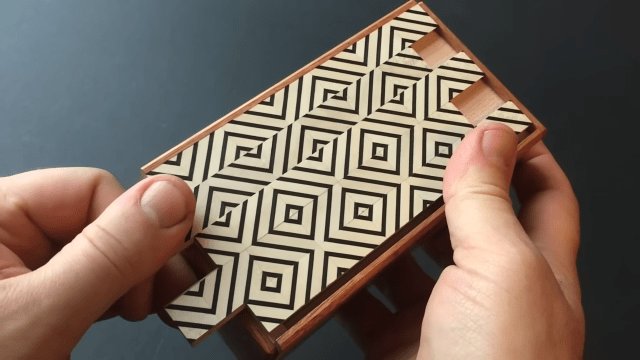Last year, I coined the term ‘enshittification,’ to describe the way that platforms decay. That obscene little word did big numbers, it really hit the zeitgeist. I mean, the American Dialect Society made it their Word of the Year for 2023 (which, I suppose, means that now I’m definitely getting a poop emoji on my tombstone).
So what’s enshittification and why did it catch fire? It’s my theory explaining how the internet was colonized by platforms, and why all those platforms are degrading so quickly and thoroughly, and why it matters – and what we can do about it.
We’re all living through the enshittocene, a great enshittening, in which the services that matter to us, that we rely on, are turning into giant piles of shit.
It’s frustrating. It’s demoralizing. It’s even terrifying.
I think that the enshittification framework goes a long way to explaining it, moving us out of the mysterious realm of the ‘great forces of history,’ and into the material world of specific decisions made by named people – decisions we can reverse and people whose addresses and pitchfork sizes we can learn.
Enshittification names the problem and proposes a solution. It’s not just a way to say ‘things are getting worse’ (though of course, it’s fine with me if you want to use it that way. It’s an English word. We don’t have der Rat für Englisch Rechtschreibung. English is a free for all. Go nuts, meine Kerle).
[…]
It’s a good essay on what enshittification is, what causes it, why it’s so bad and some ideas on how to get rid of it. Very worth reading.




